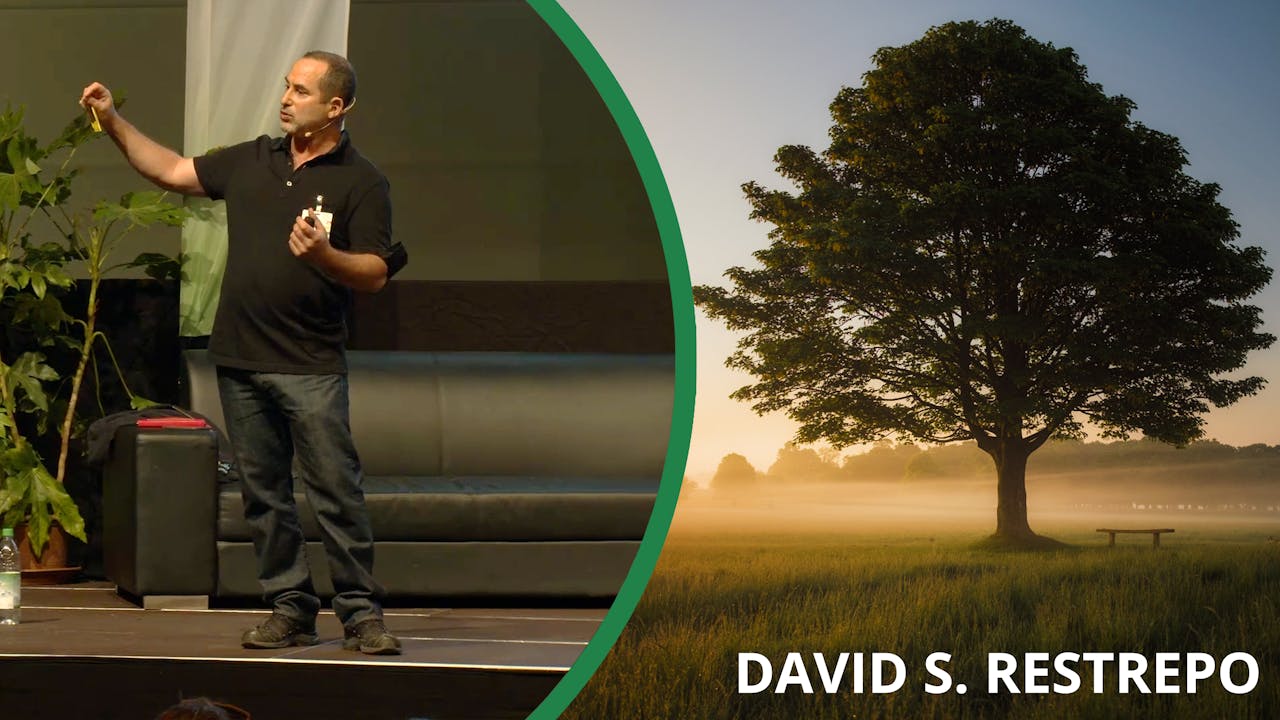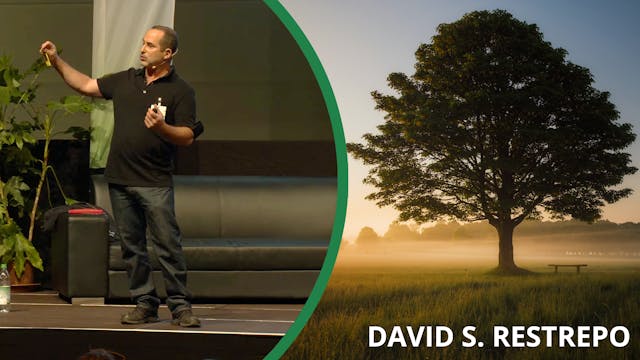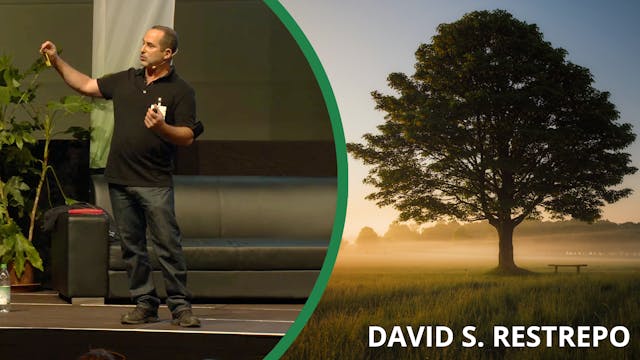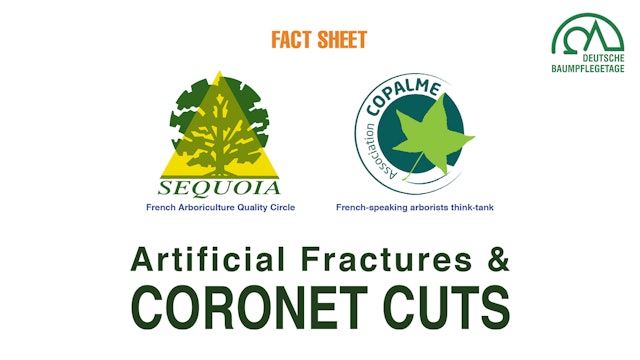Artificial fractures & Coronet cuts (DE/EN)
The simulation of natural fractures – The Why, When & How – Philosophy, Theory
& Practice
This further study discusses the tolerance of pruning-stubs from natural an
artificial breaks – along with coronet cuts – as an alternative to conventional
pruning measures – to exceed the accepted compartmentalisation capacities
(after CODIT principle) of the given tress species.
The types of tree cuts described in conventional tree- care literature simulate the
natural fracture and shedding processes that generally no longer function beyond
10 cm in diameter (Hirons & Thomas, 2018).
Research suggests that cuts should not exceed 5 cm in diameter for weakly
compartmentalizing species and 10 cm for strongly compartmentalizing species
(Stobbe, Dujesiefken & Kleist, 1998; Dujesiefken und Stobbe, 2002).
Artificial fractures and coronet cuts simulate natural fractures with no limit to
diameter by replicating broken stumps with cracks and jagged edges as observed
in nature (Fay, 2003).
However, the variety and unpredictable nature of fractures make them difficult to
simulate.
A lesson by
David S. Restrepo, Tree Technician City of Paris, Paris, France
Audio: German & English
Runtime: 43Min
-
Künstliche Brüche und Coronet Cuts (DE)
Simulation von natürlichen Brüchen:
Warum, wann und wie - Philosophie, Theorie und Praxis.
Argumente zur Beibehaltung von Aststummeln aus natürlichen und künstlichen Brüchen – zusammen mit Coronet Cuts – als Alternative zu konventionellen Schnittmaßnahmen, um die akzeptierten
Kompartimentierung... -
Artificial fractures & Cooronet Cuts (EN)
The simulation of natural fractures – The Why, When & How – Philosophy, Theory & Practice.
This further study discusses the tolerance of pruning-stubs from natural an artificial breaks – along with coronet cuts – as an alternative to conventional pruning measures – to exceed the accepted ... -
Artificial Fractures and Coronet Cuts
2.85 MB



